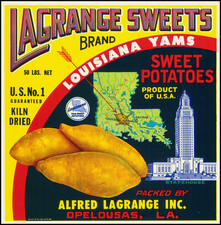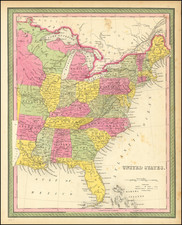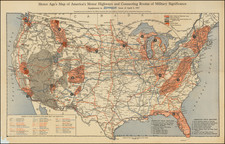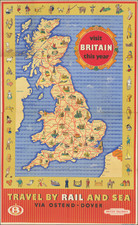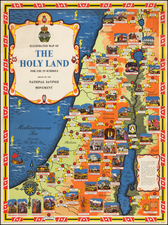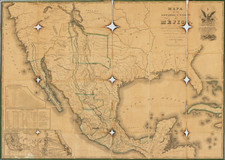Mapping America's Fertilizer Production and Use During World War II
Large map of the United States, illustrating the places and means of production of Fertilizer in the United States.
The key locates 8 different important locations of different types of mixing plants and Phosphate Rock Deposits.
Published by the National Fertilizer Association, the map also includes a smaller inset map showing the places where Fertilizer is consumed, based upon expenditures reported in the 1929 census.
Surveying America's Fertilizer Industry
As noted by Charles Brand in The Scientific Monthly, Vol. 66, No. 1 (Jan., 1948), pp. 33-46
SURVEYS AMONG FERTILIZER CONSUMERS
In 1928 NFA, assisted by 56 companies and nearly 1,000 of their salesmen, interviewed more than 48,000 farmers on their experiences in 1927. American Fertilizer Practices, a report of 157 quarto pages, analyzed the returns. It disclosed how many and what papers are read by farmers; what bulletins on the use of fertilizer they received from state experiment stations; what booklets, folders, and advertising matter they received from fertilizer companies; the extent to which farmers themselves have conducted experiments with fertilizers; how many visited experiment stations, agricultural meetings, and demonstration farms; agencies helpful in selecting fertilizers; effect of fertilizers on crop quality; amounts of fertilizer used per acre; acreage of specific crops fertilized and quantities applied; and farmers' estimates of increased yields obtained by the use of fertilizer.
A second survey was made in 1939. American Fertilizer Practices, Second Survey, gave the results. More than 32,000 farmners were interviewed by 656 salesmen and field men. At this time farmers werespending nearly $210,000,000 annually for almost 7,500,000 tons of fertilizer.
In 1946, according to advance estimates, they spent approximately $440,000,000 for more than 14,000,000 tons. These surveys provided information that was indispensable in planning agricultural programs involving fertilizers during World War II.
At the request of officials in the U.S.D.A., a third survey was undertaken in 1944 to cover the period of World War II. Because of lack of manpower and gasoline, only about 15,500 farmers were interviewed. Additional data were obtained from 555 vocational agriculture schools in 42 states cove ing 13,600 farms. The results have been published in part in the Fertilizer Review . . .
Rarity
The map is apparently unrecorded.









